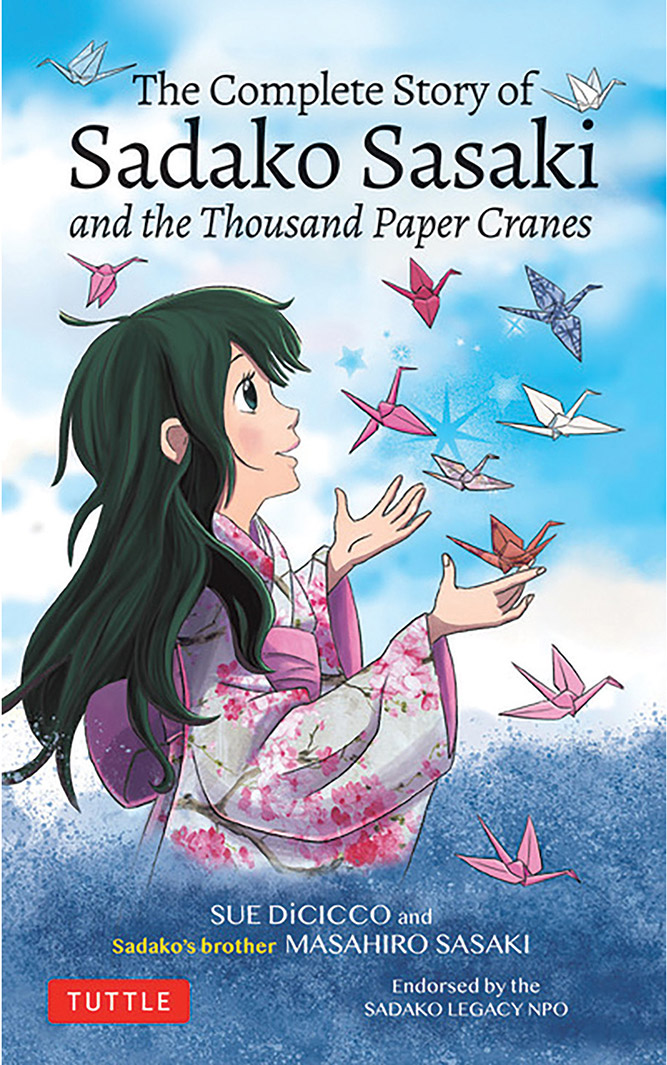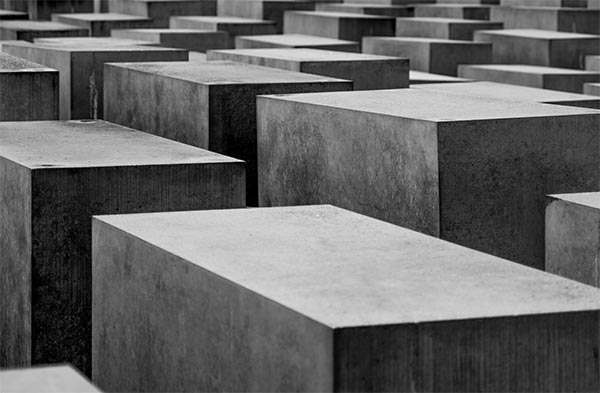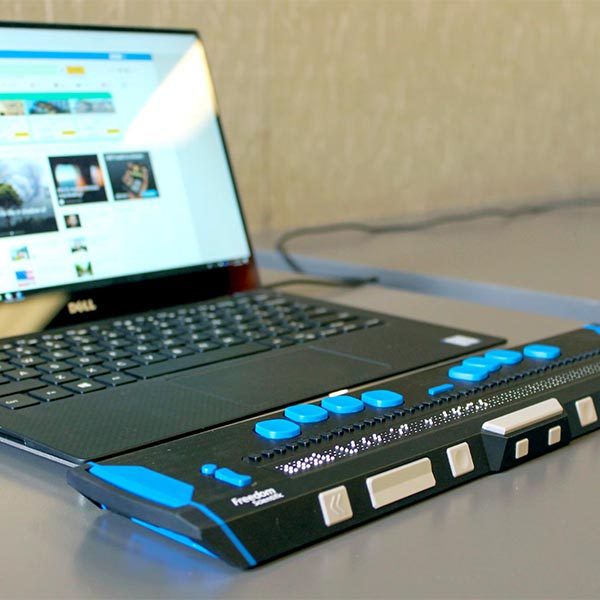January 4 — World Braille Day opens in a new tab
Braille is a tactile writing system used by many people who are blind or partially sighted. It is used to represent letters, numbers, and even musical, mathematical and scientific symbols. Especially during COVID, people with disabilities have experienced increased isolation and thus they rely even more so on ways to communicate their needs and access information. UNESCO’s manual Writing Peace opens in a new tab invites children to explore the history and mutual borrowings of Braille and other contemporary writing systems.

January 7 — Birthday of Sadako Sasaki (1943–1955)
Victim of nuclear bombing of Hiroshima, Japan
Sasaki was two years old when an atomic bomb was dropped near her home in Hiroshima, Japan, during World War II. Sasaki, who developed leukemia 10 years later, was inspired by a Japanese legend that if a sick person folds 1,000 origami cranes they will get well. Sadako folded well over 1,000 cranes but she died in 1955. The Children’s Peace Monument in Hiroshima honors her memory and those of all child victims of the atomic bomb. Read The Complete Story of Sadako Sasaki and the Thousand Paper Cranes opens in a new tab by Sue DiCicco and Masahiro Sasaki, Sadako’s brother, for more information. Here is a tutorial on how to create your own peace crane opens in a new tab.
January 15 — Martin Luther King Jr. Day National Holiday
The Martin Luther King, Jr. Research and Education Institute’s Liberation Curriculum opens in a new tabprovides document-based lesson plans, online educational resources, and historical materials pertaining to the modern African American Freedom Struggle and King’s vision of a just and peaceful world. This educational initiative seeks to transform the way students acquire and apply knowledge about the past.



